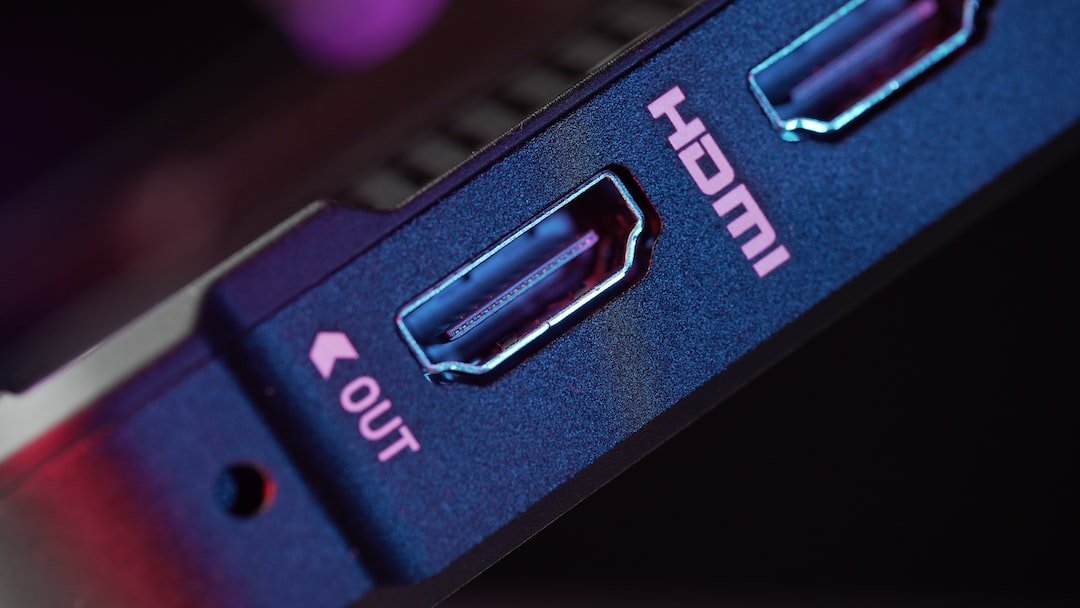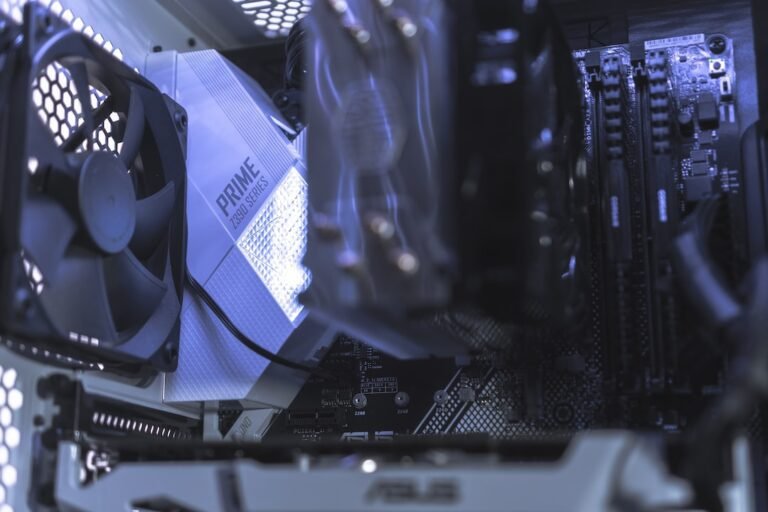Introduction
Have you ever experienced frustration when your mobile device suddenly loses its network connection? Maybe you were in the middle of an important call or trying to send an urgent email, and all of a sudden, your signal bars dropped to zero. We’ve all been there, and it’s not a pleasant experience.
In today’s interconnected world, where smartphones and tablets have become an essential part of our lives, network issues can be a major inconvenience. Whether you’re at home, at the office, or on the go, a reliable network connection is crucial. That’s why we’re here to help you troubleshoot and resolve those pesky network problems with your mobile devices. In this article, we’ll provide you with some invaluable tips and tricks to keep you connected at all times.
Understanding Network Issues
Before diving into troubleshooting techniques, let’s take a moment to understand the common network issues that mobile devices can encounter. It’s essential to familiarize yourself with these problems so that you can effectively troubleshoot them.
Weak Signal Strength: One of the most common network issues is a weak signal. This occurs when your device is unable to communicate effectively with a nearby cell tower, resulting in a poor connection.
Interference: Interference can disrupt your network connection and cause slow data speeds or even disconnections. Interference can come from various sources, such as other electronic devices, physical obstructions, or even crowded areas with many people using their devices simultaneously.
Software Glitches: Sometimes, the culprit behind network issues on your mobile device can be a software glitch. Whether it’s an outdated operating system, a misconfigured network setting, or a problematic app, software-related issues can disrupt your network connection.
Now that we have a basic understanding of the common network issues, let’s move on to some practical troubleshooting tips and tricks to help you overcome these problems.
Troubleshooting Tips & Tricks
1. Check Signal Strength
The first step in troubleshooting network issues with your mobile device is to check the signal strength. Look at the signal bars on your device’s screen. If you have a weak signal, try moving closer to a window or stepping outside to see if the signal improves. In some cases, you may need to consider changing your location to get a better signal reception.
2. Restart Your Device
Often, network issues can be resolved by simply restarting your mobile device. This simple action can refresh the device’s network settings and clear any temporary glitches that may be causing the problem. After restarting, check if your network connection has improved.
3. Disable and Re-enable Airplane Mode
Enabling and disabling Airplane Mode can sometimes help resolve network issues. Airplane Mode disables all wireless connections on your device, allowing you to start fresh when you re-enable it. To do this, go to your device’s settings, locate the Airplane Mode option, toggle it on, wait for a few seconds, and then toggle it off.
4. Update Operating System and Apps
Outdated software can often cause network problems on mobile devices. Ensure that your device’s operating system and apps are up to date. Manufacturers and app developers often release updates to address bugs and improve compatibility with networks. Keeping your device’s software current can fix many network issues you may be experiencing.
5. Reset Network Settings
If you’ve tried the above steps and are still facing network issues, you may need to reset your device’s network settings. This action will remove all saved Wi-Fi networks, VPN configurations, and Bluetooth pairings. To reset your network settings, go to your device’s settings, locate the Network or Connections section, and select the option to reset network settings. Be aware that you will need to reconfigure your network connections afterward.
6. Use Wi-Fi Calling
If you’re experiencing network issues with cellular data, utilizing Wi-Fi calling can be a helpful solution. Many mobile devices and carriers offer Wi-Fi calling, which allows you to make calls and send messages using a Wi-Fi network instead of relying solely on a cellular signal. This can be particularly useful if you’re in an area with weak cellular coverage but have access to a reliable Wi-Fi connection.
7. Contact Your Service Provider
Sometimes, the network issues may not be within your control. If you’ve exhausted all troubleshooting options and continue to have connectivity problems, it’s time to reach out to your service provider. They can check for any network outages or provide further assistance in diagnosing and resolving the issue.
Conclusion
Network issues with our mobile devices can be incredibly frustrating, but armed with the right troubleshooting tips and tricks, you can get back to being connected in no time. Remember to check your signal strength, restart your device, and update your software regularly. If all else fails, don’t hesitate to contact your service provider for further assistance. Stay connected, stay informed, and enjoy the benefits of your mobile device!
FAQ
| Question | Answer |
|---|---|
| How can I set up my home network for optimal connectivity? | To set up your home network for optimal connectivity, consider the following tips: 1. Place your wireless router in a central location to ensure an even distribution of the Wi-Fi signal throughout your home. |
| How can I troubleshoot issues with my wireless router? | If you’re experiencing network issues with your wireless router, try the following troubleshooting steps: 1. Restart your router by disconnecting the power supply and waiting for a few seconds before reconnecting it. |
| Are there any recommended routers for gaming or high-speed internet connectivity? | Yes, certain routers are designed specifically for gaming and high-speed internet connectivity. These routers prioritize low latency and high bandwidth to enhance online gaming and streaming experiences. Visit our gaming router buying guide to explore some of the top options available. |
Further Reading
| Website | Description |
|---|---|
| Android Authority | Offers in-depth tutorials on troubleshooting network issues with mobile devices. |
| How-To Geek | Provides expert advice on optimizing network connections for mobile devices. |




